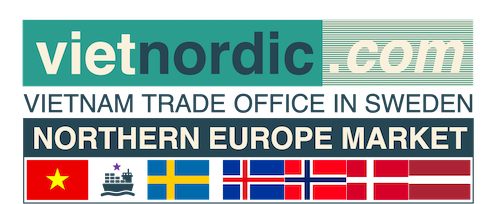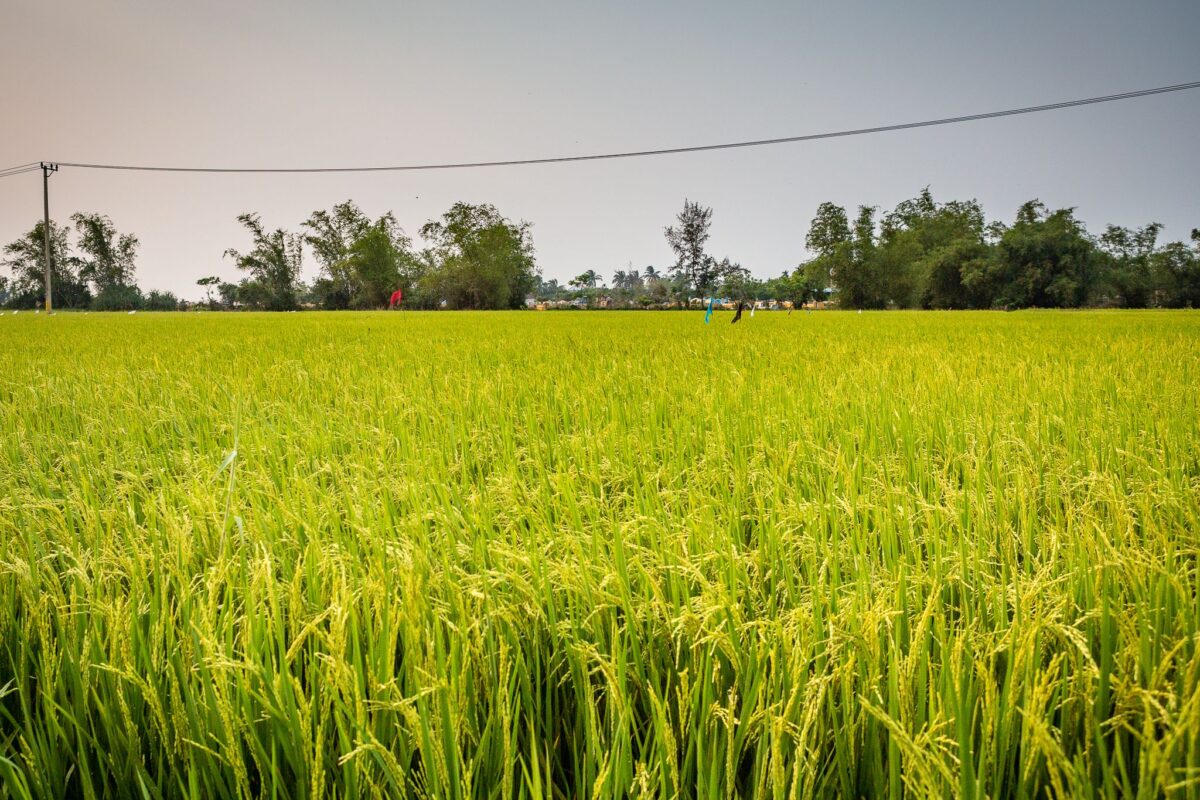Việt Nam, the world’s second-largest exporter of rice, is on track to export 7 million tonnes this year after India banned exports of broken rice and imposed a 20 per cent duty on exports of various grades of rice in early September as the world’s biggest exporter of the grain tried to boost supply and calm domestic price after below-average monsoon rainfall hindered planting.
The price of Vietnamese rice has increased by US$30 compared to before the ban to fetch $408-428 per tonne.
Another contributor was improved rice quality as local governments, along with farmers and cooperatives, continued to push for smaller production with higher quality and less frequent use of fertilisers and insecticides.
Nguyễn Anh Tuấn, CEO of Green Stars JSC., a Vietnamese rice trader based in HCM City, said farmers had reported a 10-15 per cent decrease in cost since with an increase of 8-10 per cent in profit on average.
He said, however, the new approach has not been moving evenly in all localities as traditional cultivation methods still prevailed.
“It’s very important for farmers and exporters to work together in producing high-quality rice with minimum use of insecticide for export,” he said.
“Farmers need to know their new products will have buyers before they can make the transition.”
Meanwhile, farmers still experienced difficulty connecting with exporters, according to Trần Thái Nghiêm, deputy head of southern Cần Thơ Province’s Department of Agriculture and Rural Development.
The market remained susceptible to small intermediaries’ influence without a direct channel and there have been incidents in which intermediaries offered to purchase a small quantity of rice but at significantly higher than the market price, creating complications in establishing a price that could be accepted between exporters and farmers.
Nghiêm urged the Ministry of Agriculture and Rural Development (MARD) to start announcing a base price for rice during a harvest as a stabiliser for the market and to help exporters and farmers reach price agreements faster.
Regarding the market of China, Việt Nam’s second largest rice importer, La Vân Phi, President of Đại Dương Seed Trade Investment JSC., an agricultural research company, said China has been ramping up efforts in phytosanitary in recent years.
He advised exporters to stay up-to-date with China’s phytosanitary rules, which have become more demanding and will continue to expand for a foreseeable future.
Phi urged exporters to take advantage of increased Chinese appetite for higher-quality rice but not ignore the mid-level segment as there was still significant demand among consumers in China.
Lê Thanh Hòa, deputy head of agriculture processing and markets under MARD said China was, is and will continue to be one of Việt Nam’s most important markets as the world’s most populous country still has huge demand for foodstuff.
However, getting into China has become much more difficult. According to MARD, there were only 22 Vietnamese exporters with a valid license to export rice with a quota set by the Chinese government at 2 million tonnes as the two countries have been in negotiations to adjust.
Packaging, branding and product origin rules have also become more demanding with smaller margins of error and stricter quality standards.
Other large markets included the EU and the UK, both have seen upticks in the volume of Vietnamese rice export since the signing of numerous trade deals and agreements. —VNS

